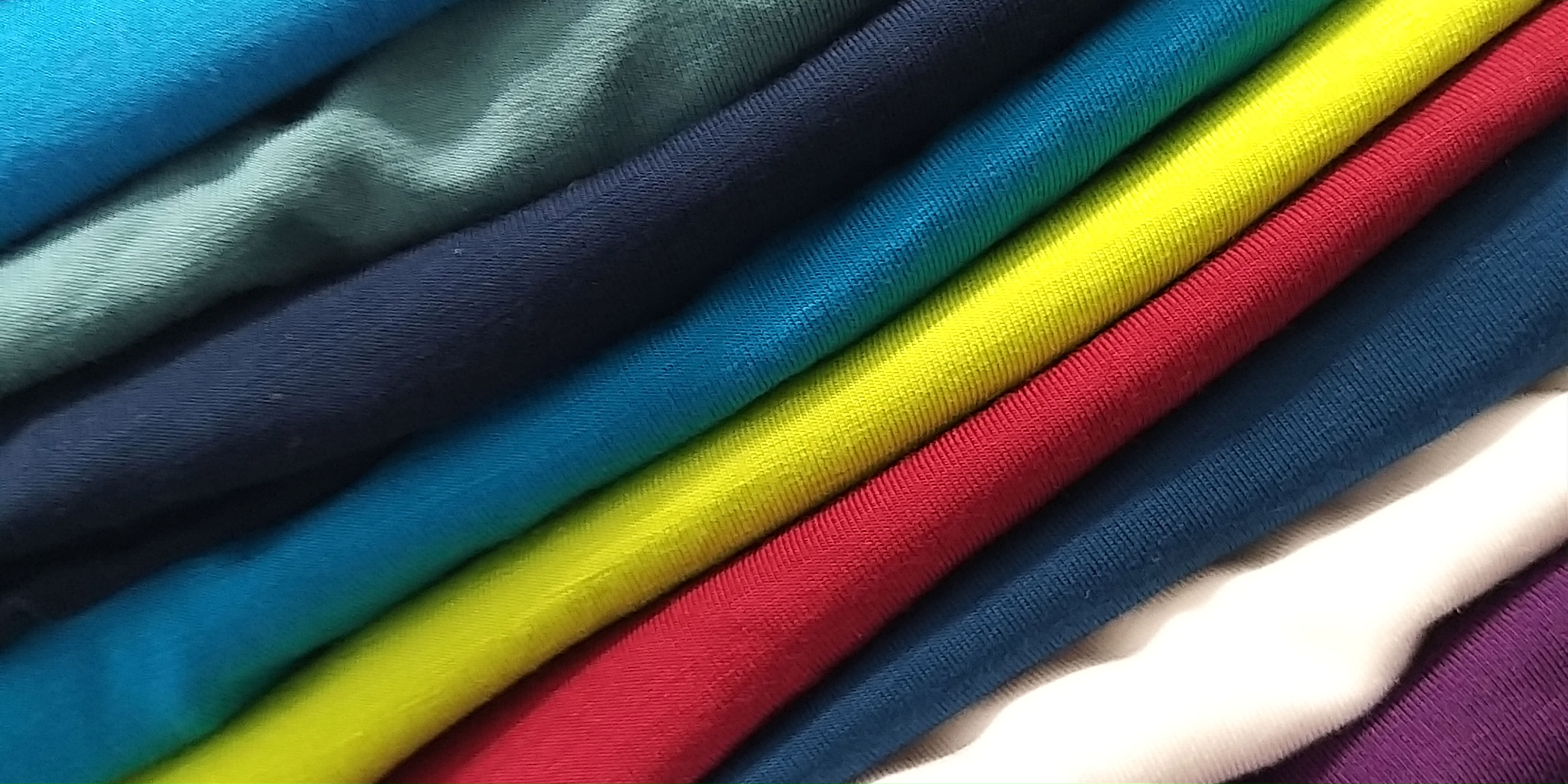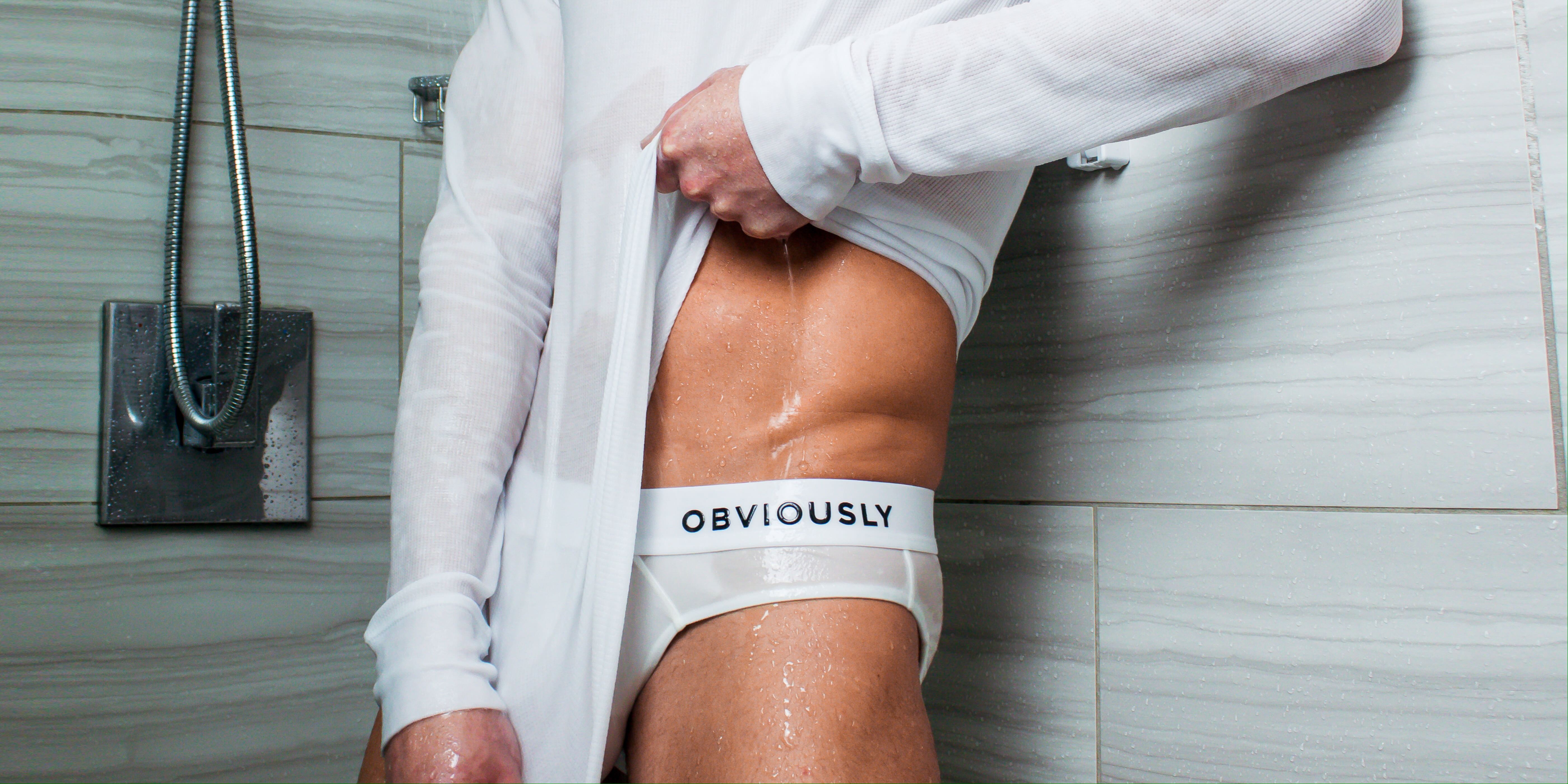
Hypoallergenic Fabrics: What Fabrics Are Hypoallergenic?
In today's world, where sustainability and health-conscious choices are gaining momentum, it's no wonder that hypoallergenic fabrics are becoming increasingly popular. If you're someone who values both eco-friendly and skin-friendly clothing options, then this article is for you. We'll delve into the realm of hypoallergenic fabrics, exploring their benefits, characteristics, and the best choices available. From natural fibers to innovative synthetic materials, we'll guide you through the world of hypoallergenic textiles, helping you make informed decisions for a healthier and more sustainable wardrobe.
What Are Hypoallergenic Fabrics?
Hypoallergenic fabrics are materials that are specifically designed to minimize the risk of triggering allergic reactions or skin irritations in individuals. These fabrics are made to reduce the presence of allergens and irritants that can cause discomfort or allergic responses. Individuals with sensitive skin, allergies, or those who prefer a more gentle and skin-friendly option frequently choose hypoallergenic fabrics. They are typically made from natural fibers, such as organic cotton, bamboo, silk, hemp, or linen, which are known for their hypoallergenic properties. These fabrics are less likely to contain harsh chemicals, dyes, or synthetic materials that can potentially cause allergic reactions. By opting for hypoallergenic fabrics, individuals can enjoy clothing that is not only comfortable and breathable but also less likely to cause skin irritations or allergic responses.
What Fabrics Are Hypoallergenic?
Hypoallergenic fabrics are materials that are less likely to cause allergic reactions or skin irritations compared to other fabrics. They are specifically designed to minimize the presence of allergens and irritants that can trigger allergies or sensitivities in individuals.
Several types of fabrics are commonly considered hypoallergenic due to their natural properties and minimal use of chemicals during production. Here are some examples:
- Organic Cotton: Organic cotton is grown without the use of synthetic pesticides or fertilizers, making it a popular choice for those seeking hypoallergenic fabrics. It is soft, breathable, and gentle on the skin.
- Bamboo: Bamboo fabric is derived from the pulp of bamboo plants. It is naturally hypoallergenic, as it has antimicrobial properties that help prevent the growth of bacteria and allergens. Bamboo fabric is also known for its softness and moisture-wicking abilities.
- Silk: Silk is a luxurious and hypoallergenic fabric that is derived from the cocoons of silkworms. It is naturally resistant to dust mites and other allergens, making it a great choice for individuals with allergies or sensitive skin. Silk is also highly breathable and helps regulate body temperature.
- Hemp: Hemp fabric is made from the fibers of the hemp plant. It is naturally hypoallergenic, as it is resistant to mold, mildew, and bacteria. Hemp fabric is also known for its durability and breathability.
- Linen: Linen is a natural fabric made from the fibers of the flax plant. It is hypoallergenic, breathable, and has moisture-wicking properties. Linen is also known for its durability and ability to keep the body cool in hot weather.
- Microfiber: Microfiber is a synthetic fabric that is often considered hypoallergenic. It is made from finely woven fibers that are thinner than human hair, resulting in a soft and smooth texture. Microfiber is hypoallergenic because its tightly woven structure helps to repel allergens such as dust mites, pollen, and pet dander.
- Modal: Modal is a type of rayon fabric made from the cellulose fibers of beech trees. It is known for its hypoallergenic properties and softness. Modal fabric is gentle on the skin and less likely to cause irritation or allergic reactions. It is also highly absorbent, allowing it to wick away moisture and keep the body cool and dry.
It's important to note that while these fabrics are generally considered hypoallergenic, individual sensitivities may vary. It's always a good idea to test a fabric on a small area of your skin before wearing it extensively, especially if you have known allergies or sensitivities.

Can Hypoallergenic Fabrics Help Reduce Allergic Reactions?
Yes, hypoallergenic fabrics can help reduce allergic reactions in individuals who are sensitive or allergic to certain materials. These fabrics are specifically designed to minimize the presence of allergens and irritants that can trigger allergies or skin irritations. Hypoallergenic fabrics are often made from natural fibers or synthetic materials with tightly woven structures that repel allergens such as dust mites, pollen, and pet dander. By choosing hypoallergenic fabrics, individuals can minimize their exposure to potential allergens, leading to a reduction in allergic reactions and skin irritations. However, it's important to note that individual sensitivities may vary, and it's always recommended to test fabrics on a small area of the skin before wearing them extensively.
Are Hypoallergenic Fabrics Washable?
Yes, hypoallergenic fabrics are generally washable. The washability of these fabrics depends on the specific type of fabric and its care instructions. Most hypoallergenic fabrics, such as organic cotton, bamboo, linen, and microfiber, can be safely washed in a washing machine using mild detergent and following the recommended temperature and cycle settings. It's important to read and follow the care instructions provided by the manufacturer to ensure proper cleaning and maintenance of the hypoallergenic fabric. Regular washing helps remove allergens, dust, and other irritants that may have accumulated on the fabric, keeping it clean and suitable for individuals with allergies or sensitivities.
Is Leather Hypoallergenic?
Leather is not considered hypoallergenic. While leather is a natural material, it can still cause allergic reactions in some individuals. The tanning process used to treat leather involves the use of various chemicals, such as dyes and preservatives, which can potentially trigger allergies or skin irritations. Additionally, leather can also harbor dust mites, pet dander, and other allergens that can cause discomfort for those with allergies. If you have sensitivities or allergies, it is advisable to test a small area of your skin before wearing leather extensively and consider alternative hypoallergenic fabrics that are less likely to cause allergic reactions.
Can Hypoallergenic Fabrics Be Used In Bedding and Mattresses?
Yes, hypoallergenic fabrics can be used in bedding, mattresses, and pillows. In fact, using hypoallergenic fabrics in these items can be particularly beneficial for individuals with allergies or sensitivities. Hypoallergenic bedding and mattresses are made from materials that are less likely to harbor allergens such as dust mites, pollen, and pet dander. Fabrics like organic cotton, bamboo, or microfiber are commonly used in hypoallergenic bedding due to their softness, breathability, and ability to repel allergens. Hypoallergenic pillows are also available, typically filled with materials like hypoallergenic down alternative, memory foam, or natural latex, which are less likely to trigger allergies.
What Are The 3 Main Benefits Of Hypoallergenic Fabrics?
Reduced Allergic Reactions
Hypoallergenic fabrics are specifically designed to minimize the risk of triggering allergic reactions or skin irritations. These fabrics are made from natural fibers or synthetic materials with tightly woven structures that repel allergens such as dust mites, pollen, and pet dander. By using hypoallergenic fabrics, individuals can significantly reduce the likelihood of experiencing allergic reactions, making them ideal for those with sensitive skin or allergies.
Enhanced Comfort and Skin-Friendliness
Hypoallergenic fabrics are known for their softness, breathability, and moisture-wicking properties. These fabrics are gentle on the skin and less likely to cause irritation or discomfort. They allow for better airflow, keeping the body cool and dry. By choosing hypoallergenic fabrics, individuals can enjoy enhanced comfort and a more skin-friendly experience, especially for those with sensitive skin or conditions like eczema.
Eco-Friendly and Sustainable
Many hypoallergenic fabrics, such as organic cotton, bamboo, and hemp, are derived from natural and sustainable sources. These fabrics are often produced using environmentally friendly practices, such as organic farming and minimal use of chemicals. By opting for hypoallergenic fabrics, individuals can make more eco-conscious choices and contribute to a more sustainable fashion industry.
Conclusion
In conclusion, hypoallergenic fabrics offer a range of benefits for individuals seeking comfortable, skin-friendly, and eco-conscious clothing options. These fabrics are designed to minimize allergic reactions and skin irritations, making them ideal for those with sensitive skin or allergies. With a variety of natural and synthetic options available, such as organic cotton, bamboo, linen, and microfiber, individuals can choose fabrics that suit their preferences and needs. By opting for hypoallergenic fabrics, not only can individuals reduce the risk of allergic reactions, but they can also enjoy enhanced comfort, breathability, and moisture-wicking properties. Additionally, the use of hypoallergenic fabrics contributes to a more sustainable fashion industry, promoting eco-friendly practices. So, whether you're looking for bedding, clothing, or accessories, consider incorporating hypoallergenic fabrics into your lifestyle for a healthier and more comfortable experience.
Final Thoughts
At Obviously Apparel, we invite you to be a part of the movement toward a more sustainable future. Our collection of premium, eco-friendly underwear is designed to provide the utmost comfort while minimizing our ecological footprint. With our luxurious bamboo fabrics, you can indulge in luxurious softness while knowing that you are actively contributing to the preservation of our planet. Join us in our mission to create a greener world, starting with your choice of men's underwear.
Sources




